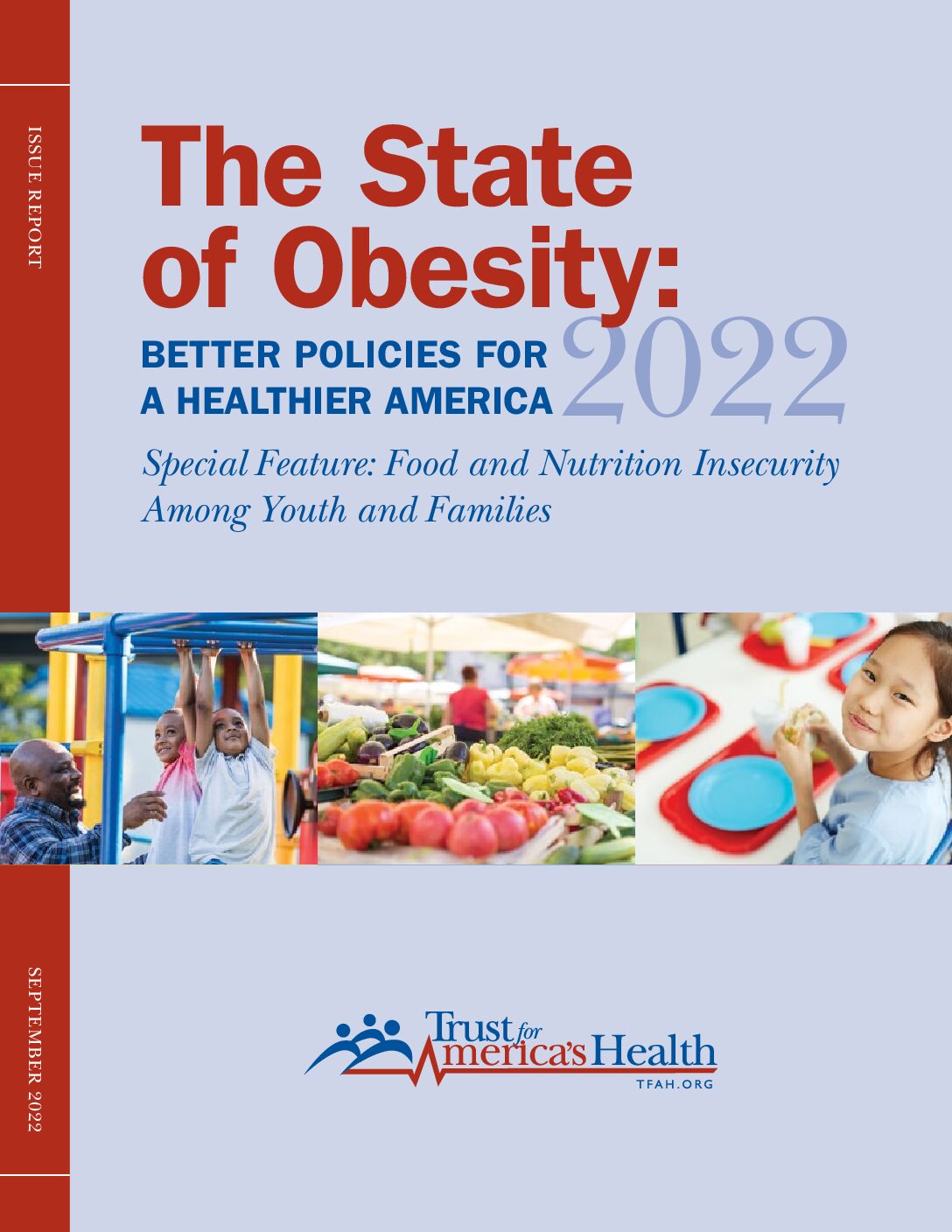As we will hear in class, every year, the CDC releases obesity data that gets included in a report called the “State of Obesity”. The most recent report was released in September 2022. The news is nearly all bad.
For example, over 42% of U.S. adults are now considered obese. This is the all-time high. There are also racial and ethnic disparities.
The rates vary state-to-state, with Colorado the lowest (25%) and West Virginis the highest (41%). Interestingly, of the top ten heaviest states, seven are in the South. Nine states have obesity rates greater than 35%. Nebraska is the 17th most obese state (at 36%). And despite all the efforts to address the problem, not even one state is improving.
As we’ll hear this week, obesity is correlated with other health conditions, including diabetes, heart disease, and cancer. Childhood obesity is especially alarming. Certainly, obesity is a major risk factor for COVID-19.
Although COVID-19 was the main public health challenge during the past few years, obesity remains one the most serious long-term public health problem in the U.S.
We can argue all day about whether or not the processed food industry and the food service industry have contributed to this problem. Indeed, we will have this discussion. However, we will also consider ways that food scientists and the industry might contribute solutions to this problem. This is why we will devote several lectures to this topic.

